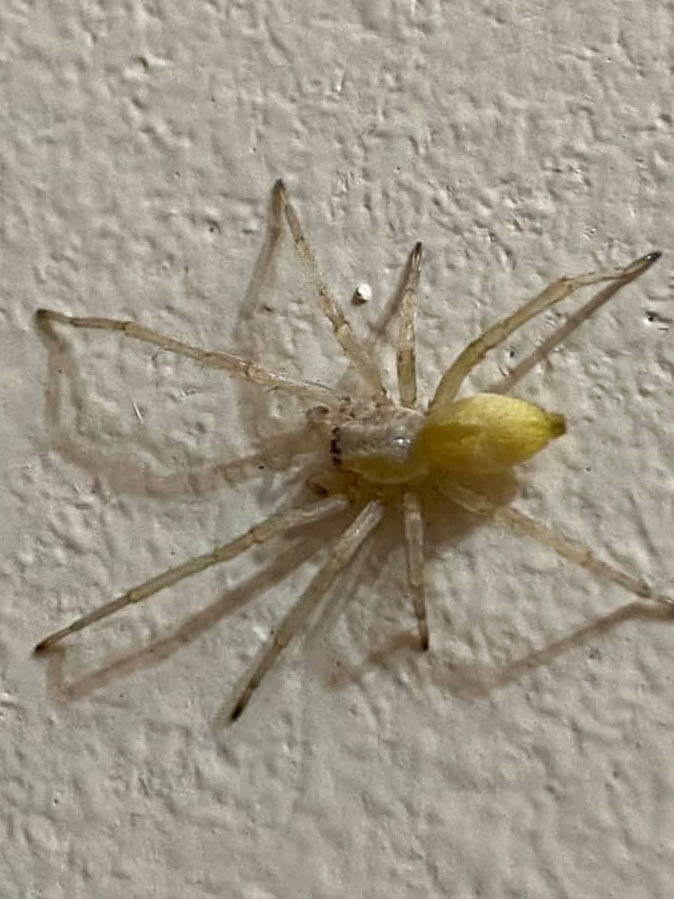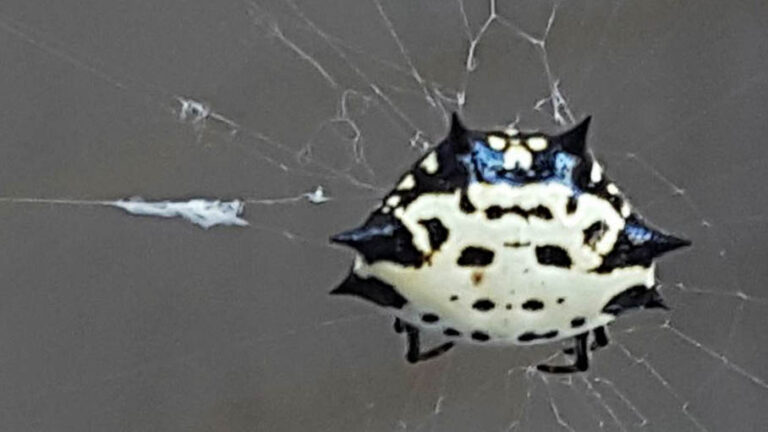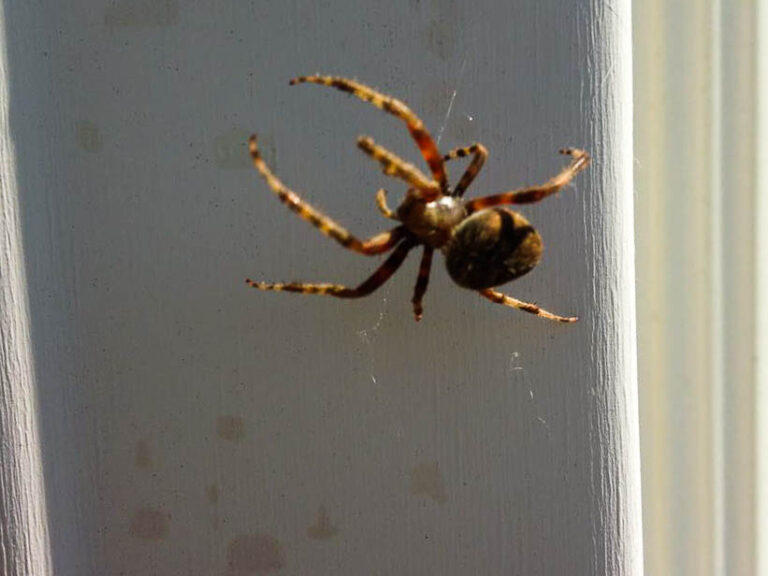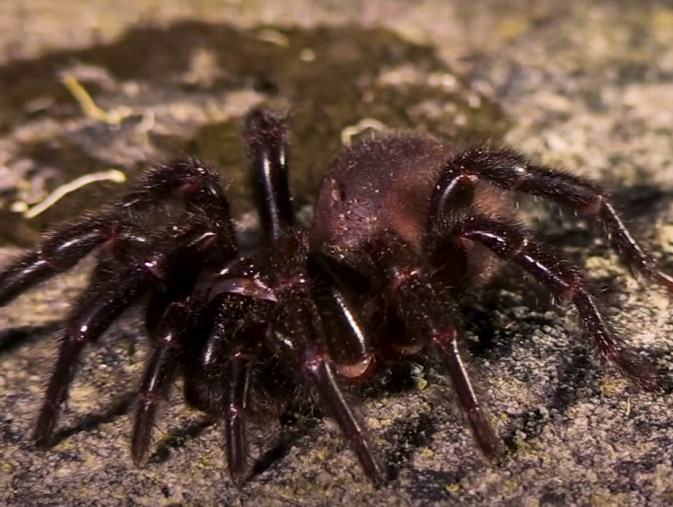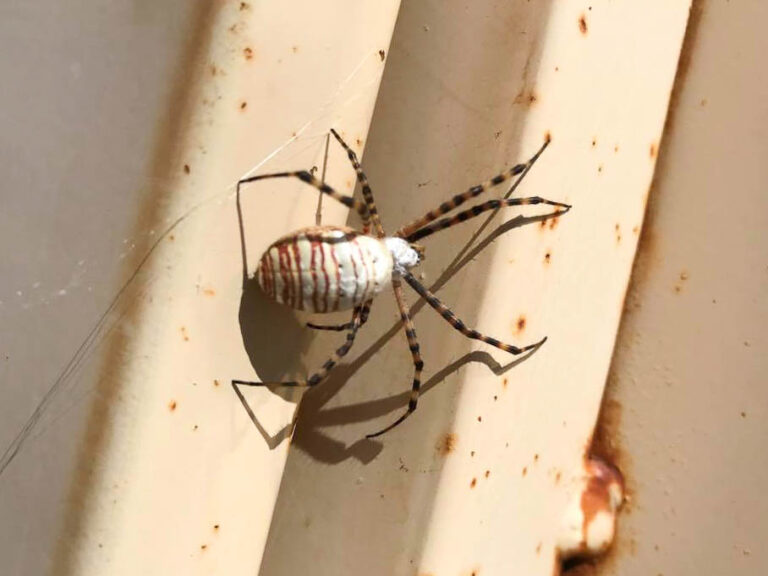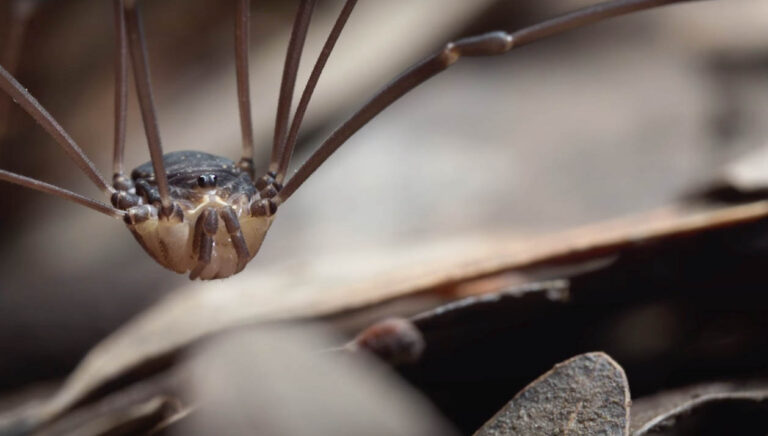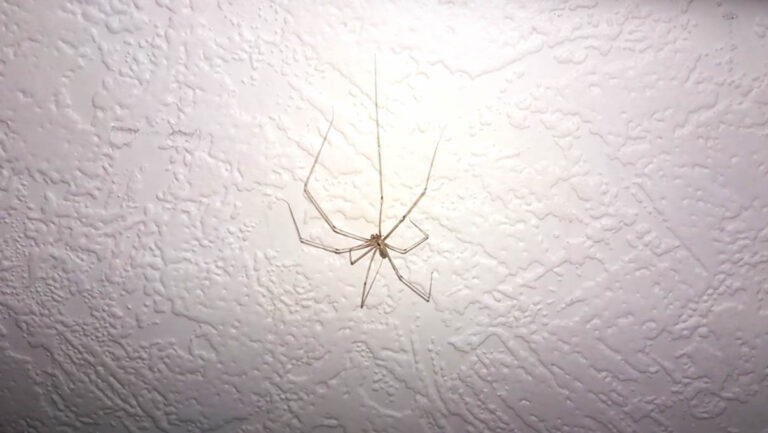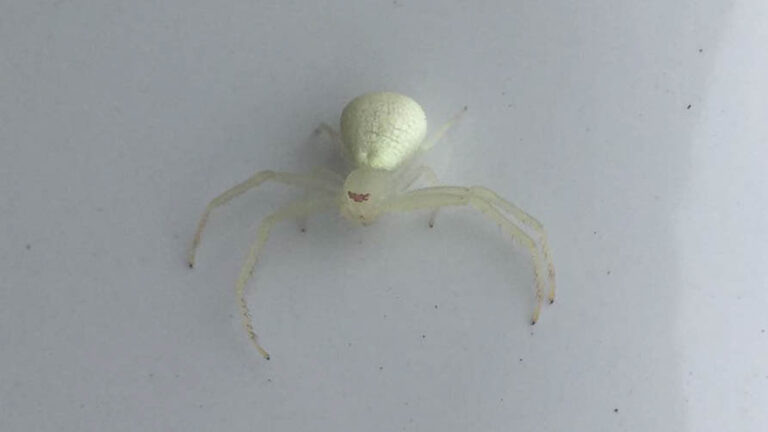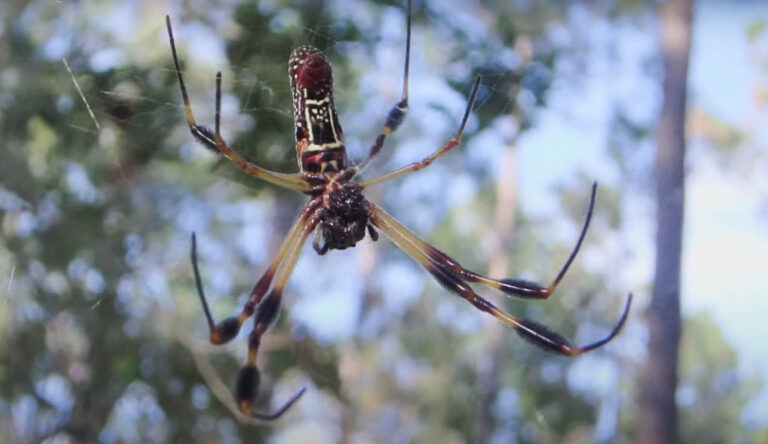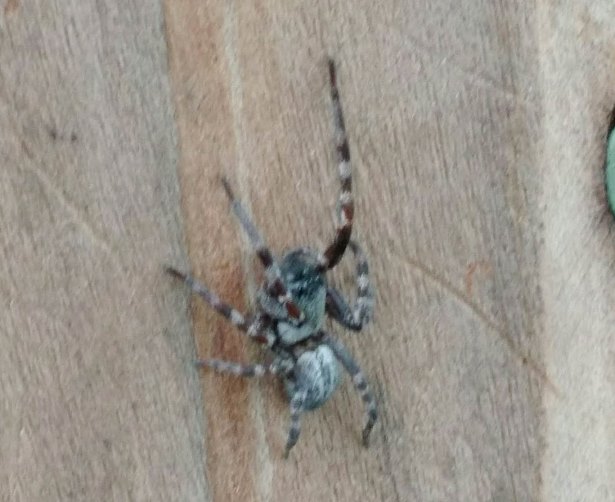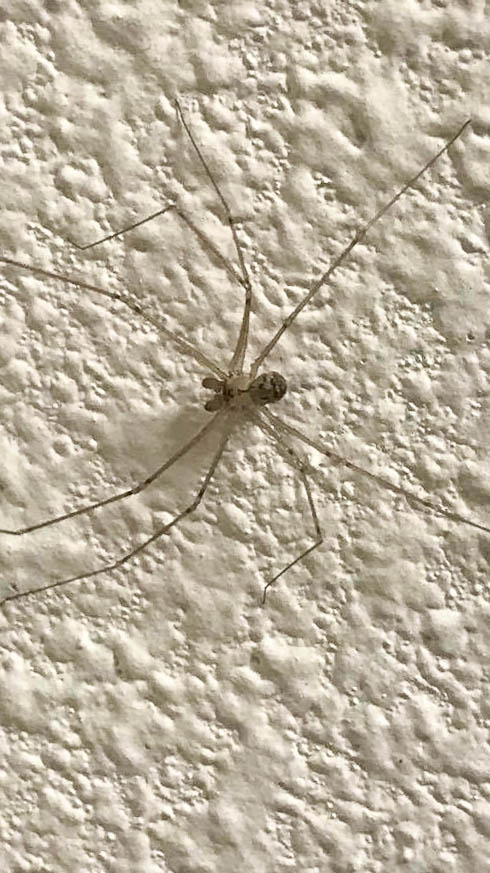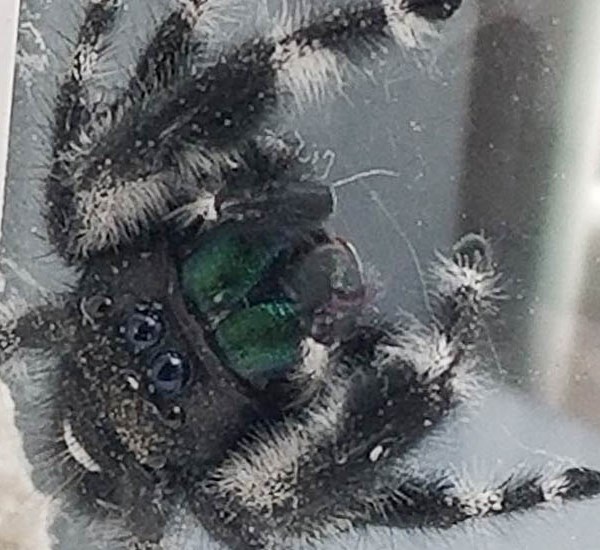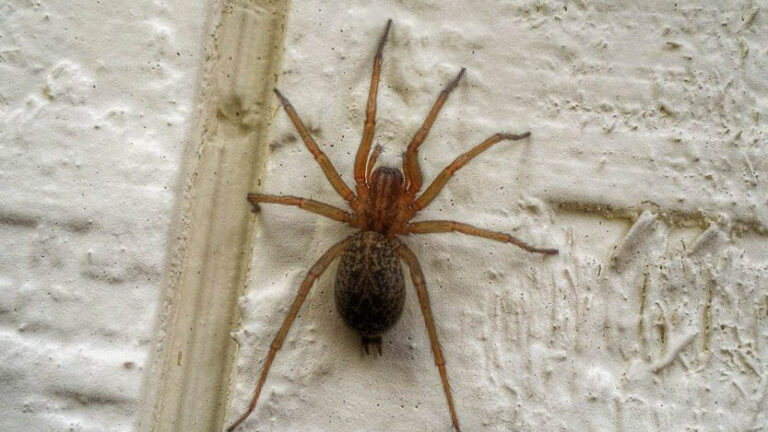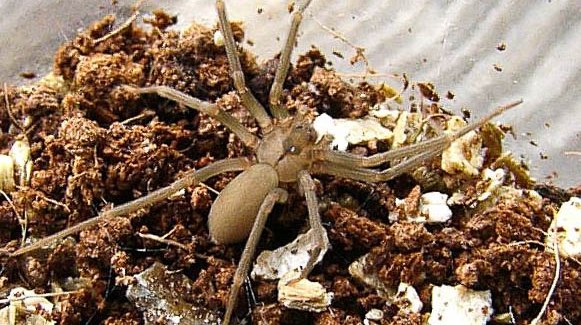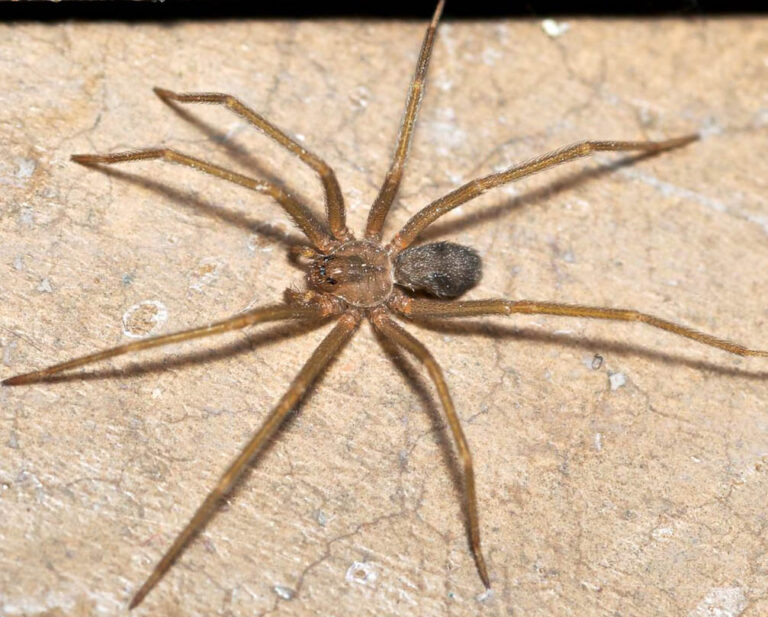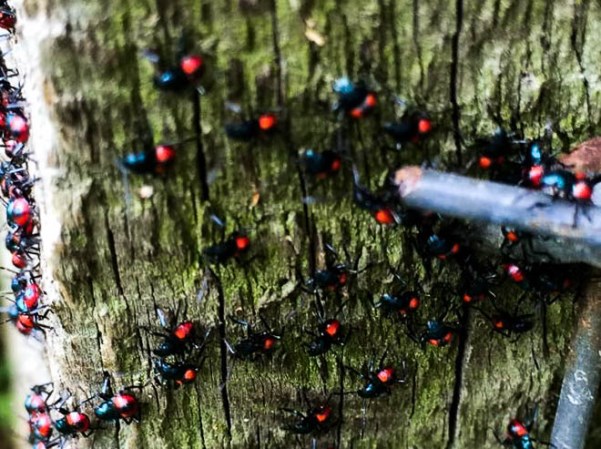About Long-bodied Cellar Spiders
About Long-bodied Cellar Spiders
Long-bodied cellar spiders (Pholcus phalangioides) are also known as the daddy-long-legs spider from the Pholcidae family. They are also called the skull spider because of its cephalothorax’s shape that almost resembles a human’s skull. Cellar spiders are beneficial in some areas because of their cannibalism since they eat other spiders, including the most dangerous ones. These arachnids are very friendly and harmless to humans. If you have a cellar spider in your home, there is a high probability that that is the only dominant insect in your house.
These tiny critters have their bodies coated with a hard exoskeleton shed at different times throughout the cellar spiders lifespan.
Appearance
The female cellar spider is larger than the male, typical of many spider species. The males are about 6 to 7mm in length, while females vary from 7 to 10mm. As the name suggests, the long-bodied cellar spiders have noticeable eight long legs covered with grey short, stiff fur. Their long legs are about six times longer than their body. The females are longer with a height of 50mm. In addition to that, two of the front eight legs appears shorter than the rest. And therefore called palps. The palps are used when mating and during predation.
The long-bodied spiders have two body parts, the cephalothorax and the abdomen. They are brown or pale-grey with dark spots on the dorsal of the prosoma (cephalothorax). Additionally, they have blurred spots on the abdomen’s posterior parts.
Behavior
Like other salticidae family members, long-bodied cellar spiders do not trap their prey with their sticky webs. Instead, when they spot their target, they jump out of their webs and attack. They will sometimes use mimicry to lure other spiders to their nests. Afterward, the cheeky spiders will produce vibrations to trick the prey that they have caught an insect. Unlike othe spider species, daddy-long-legs are cannibals. Therefore, they only result in eating other spiders when food is scarce. Also, they use the whirling strategy as a defensive measure. They do this by moving their body around rapidly while still fixed to their web. This reaction is triggered when it is touched or senses intrusion on its web.
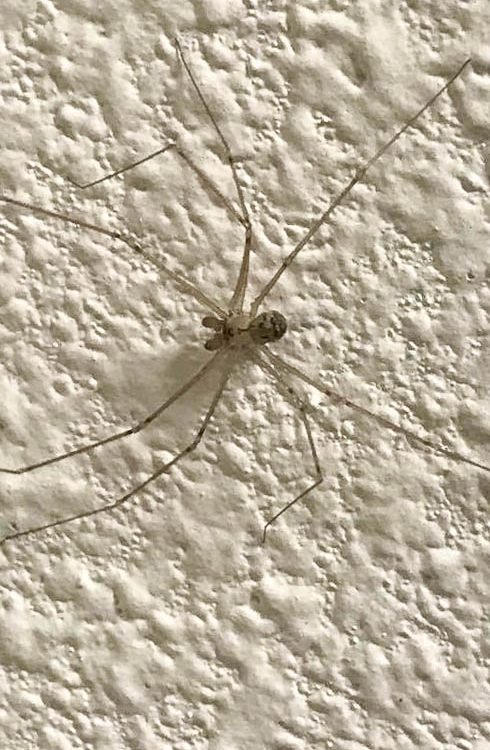
Life Cycle
After the female cellar spider lays her eggs, she creates a soft, silky cover to protect them and then carries the eggs in her jaws. The molting period takes about a year before the cellar spiders mature into adults. Later, they live for two additional years after maturity. The females take care of the newly hatched juveniles for the first few days, and then they leave their mother’s webs.
Habitat
The long-bodied cellar spiders prefer warm and moist conditions. As such, their survival in freezing temperatures is very minimal. Therefore, human dwellings offer the perfect conditions for them. Outdoor cellar spiders are found in caves or unfinished buildings. Long-bodied cellar spiders like dark, quiet places like basements. Even though this type of spider may be found in homes, its existence is impacted significantly by the human population. Due to their warmth-loving nature, it’s believed that cellar spiders are natives to the tropical regions of Africa, Asia, and Europe. However, they’re distributed worldwide, with the largest population found in South America.
Are Long-Bodied Cellar Spiders Harmful?
Long-bodied spiders infrequently bite unless disturbed. Their bites are not harmful. But, in case of a bite, you should wash the affected area with soap and water to remove venom remains and reduce its potency. Even though these organisms do not inflict direct pain into humans bodies, they are a nuisance when present in any part of the house since they build several webs without removing the old ones.
Just like other spider species, long-bodied cellar spiders are beneficial to humans since they feed on other insects in your home.
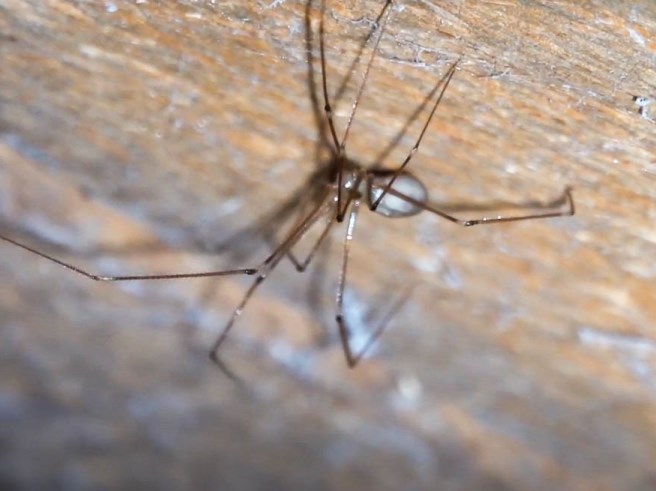
How to Control Long-Bodied Cellar Spiders
Keeping these creatures away from your home would be a better deal compared to treating their bites and their disturbance. Several ways have proven fit for this task. Such include:
- Use of silicone-based caulk as a sealant on walls and foundations
- Keep firewood above the ground to prevent the spiders from hiding under the wood
- Avoid piling shoes and clothes for proper ventilation
- Seal crevices and cracks
- Use a well-proven insecticide to clear the spider infestation

